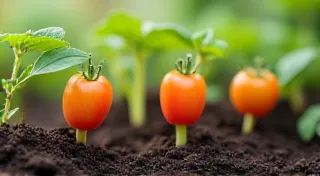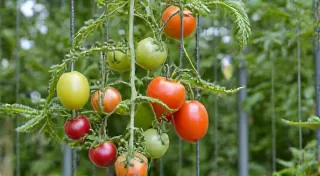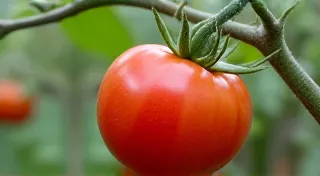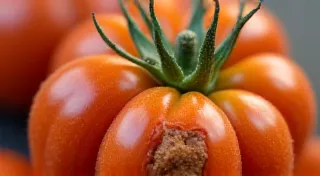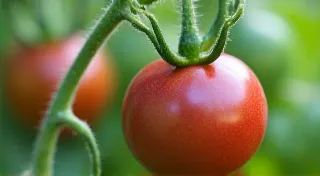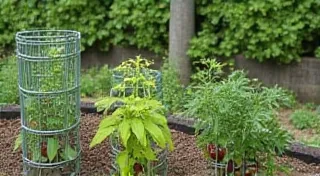Tomato Staking & Support Systems for Regional Climates
Growing heirloom tomatoes is a rewarding experience, but their often sprawling growth habits require appropriate staking and support. Choosing the right system isn’t just about keeping plants upright; it’s crucial for regional success. This guide explores various support methods tailored to different climates, considering wind, rain, humidity, and disease pressure.
Why Support Your Heirloom Tomatoes?
Heirloom tomatoes are known for their exceptional flavor, but many varieties are vigorous and susceptible to issues if left to sprawl on the ground. Providing support offers several advantages:
- Prevents Ground Rot: Contact with damp soil encourages fungal diseases.
- Improves Air Circulation: Reduces humidity and disease risk.
- Sunlight Exposure: Allows for better sunlight penetration, improving ripening and flavor.
- Easier Harvesting: Makes access to ripe tomatoes much simpler.
- Supports Heavy Fruit: Prevents branches from breaking under the weight of those beautiful, juicy tomatoes.
Support Systems by Climate Region
1. Arid and Windy Regions (Southwest US, Mediterranean Climates)
These regions present unique challenges: intense sun, strong winds, and often limited rainfall. Your support system needs to be robust.
- Trellises: A sturdy trellis, possibly constructed from metal or pressure-treated wood, is a good choice. Ensure it’s firmly anchored in the ground. Consider a wider trellis to allow for better air circulation.
- Cages: Heavy-duty tomato cages are essential. The lighter, flimsy ones will likely be blown over. Look for cages made with thicker gauge wire.
- Stake and Tie: Strong wooden stakes (at least 24 inches tall) driven deep into the ground can be effective when combined with regular tying. Use soft plant ties to avoid damaging the stems.
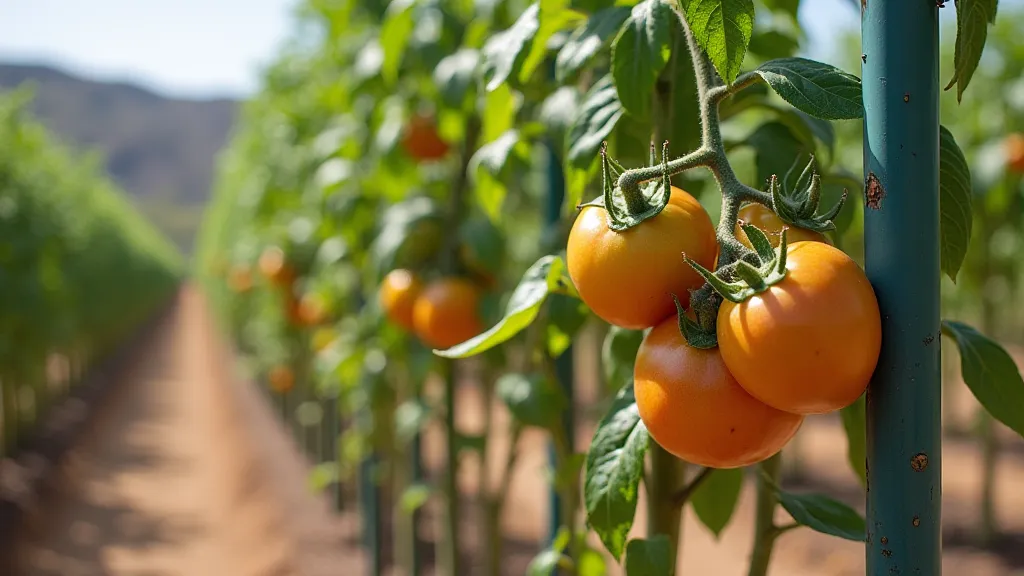
2. Humid and Rainy Regions (Southeast US, Pacific Northwest)
High humidity and frequent rainfall breed disease. Prioritizing air circulation and disease prevention is key.
- Florida Weave: This method uses stakes and twine to create a series of "loops" around the plants, providing support and encouraging upward growth. It's excellent for allowing good airflow.
- Tall Cages: Choose cages that are significantly taller than standard cages, allowing for increased air circulation.
- Spacing: Adequate spacing between plants is critical to minimize disease spread.
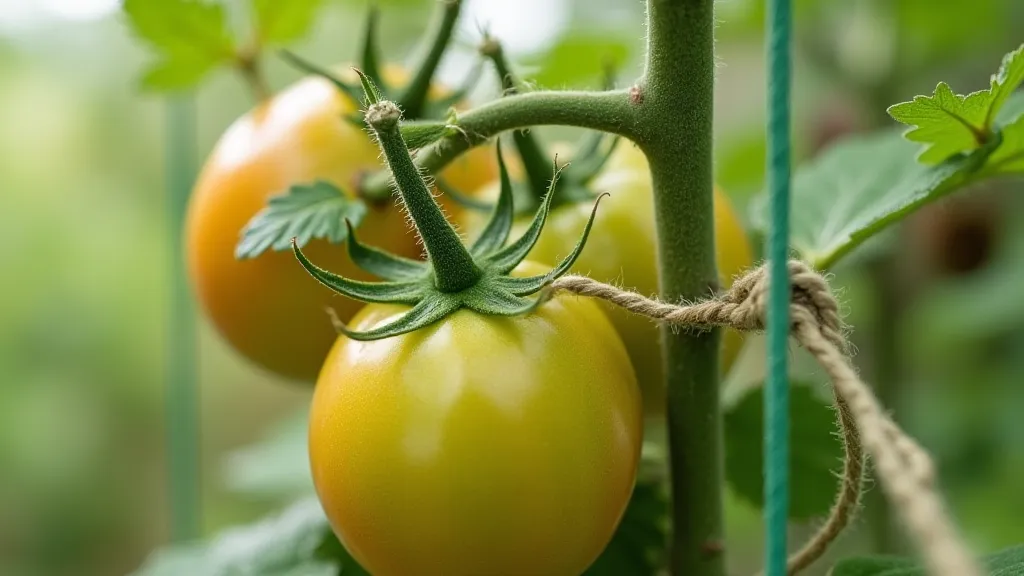
3. Temperate Regions (Midwest, Northeast)
Temperate climates often experience a mix of weather conditions. A versatile approach is best.
- Combination System: Combine stakes and cages for added stability.
- Pruning: Strategic pruning to remove lower leaves improves air circulation and reduces disease risk.
- Consider Wind Protection: If your garden is exposed to prevailing winds, consider windbreaks.
4. Coastal Regions (Pacific Coast, Atlantic Coast)
Coastal areas often experience high winds and salt spray. Durability and corrosion resistance are important.
- Stainless Steel Stakes: Prevent rust and corrosion from salt spray.
- Secure Trellises: Ensure trellises are deeply anchored to withstand strong winds.
- Windbreaks: Natural or constructed windbreaks can offer protection.
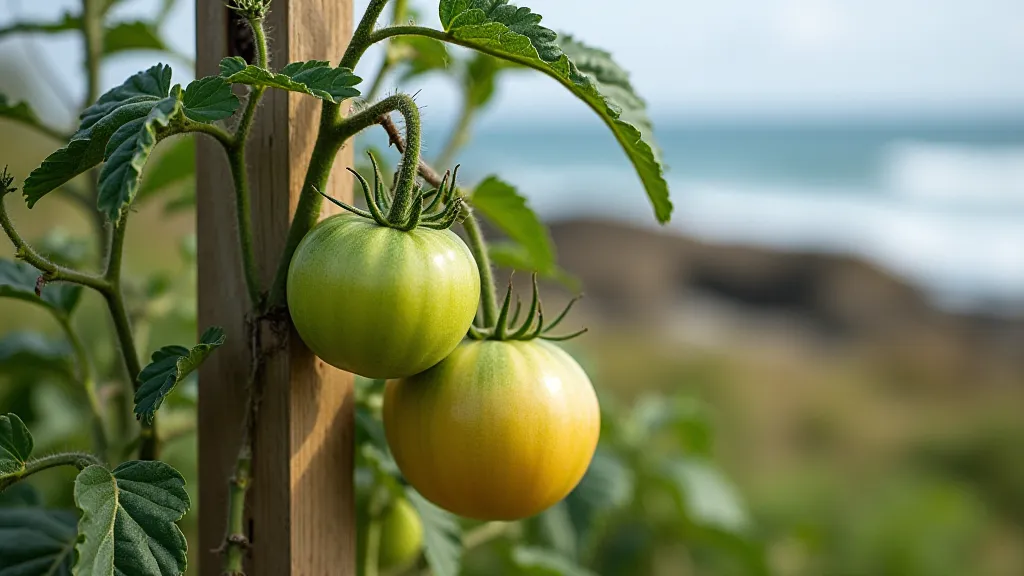
Planting and Maintenance Tips
- Secure Ties: Regularly check and re-tie plants as they grow.
- Early Support: Install support systems early in the growing season, before plants become too large and difficult to handle.
- Observe and Adjust: Monitor your plants and support systems throughout the growing season and make adjustments as needed.
By choosing the right staking and support system, you can maximize your heirloom tomato harvest and enjoy the fruits (literally!) of your labor, regardless of your regional climate.
